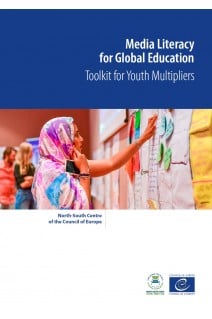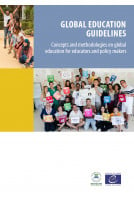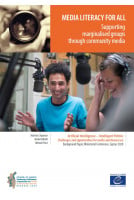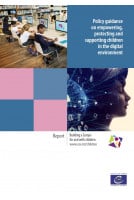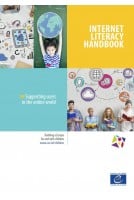A media literate citizen knows not only how to access media and technologies, analyse media messages, and critically evaluate them but also how to create media messages reflexively, paving the way to participate actively, continuously and responsibly in social and civic societies.
This in line with the Global Education main aim: educating responsible global citizens for social justice and sustainable development.
Being a media literate citizen is, therefore, crucial to succeed in Global Education and gain the skills and abilities to competently interact with the media and with the world through the media.
By enlarging the scope of Global Education with Media Literacy elements, Global Education becomes a more effective tool contributing to the achievement of UN Agenda 2030 Sustainable Development Goals (SDGs).
This toolkit offers an integrated approach towards Media Literacy in the context of Global Education. It explores a set of activities focused on the critical analysis and production of media messages, analysis of algorithms, active participation in societies, maintenance of privacy, maintenance of well-being and management of e-identity.
INTRODUCTION
Why was this toolkit developed?
How is this toolkit organised?
DEFINING THE CORE CONCEPTS
What is Media Literacy?
What is Global Education?
Why talk about Media Literacy in the context of Global Education?
WARMING UP ACTIVITIES
Exercise 1: STATUES
Exercise 2: SILENT FLOOR
Exercise 3: SEARCHING IMAGES
Exercise 4: NEWSPAPER THEATRE
Exercise 5: HEY, YOU THERE!
GOING DEEPER
1. News manipulation
2. Search algorithms and my worldview
3. Responsible participation
4. Digital footprint
RESOURCES WITH MORE PEDAGOGICAL IDEAS REFERENCES
